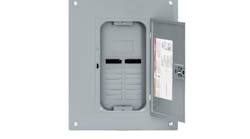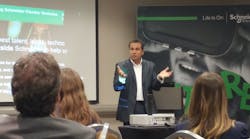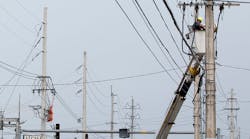Imagine if a building's lighting system did double-duty and along with illuminating the facility also provided a wireless communications network. It's not that far-fetched, according to the researchers working at Boston University's Smart Lighting Engineering Research Center, which is part of an $18.5 million, multi-year National Science Foundation (NSF) program awarded to Boston University, Rensselaer Polytechnic Institute and the University of New Mexico to develop the optical communication technology that would make an LED light the equivalent of a WiFi access point.
According to a press release published by Boston University, an LED with these capabilities could one day replace most of today's lighting devices. Researchers expect to piggyback data communications capabilities on low-power LEDs to create “smart lighting” that would be faster and more secure than current network technology.
“Imagine if your computer, iPhone, TV, radio and thermostat could all communicate with you when you walked in a room just by flipping the wall light switch and without the usual cluster of wires,” said BU Engineering Professor Thomas Little. “This could be done with an LED-based communications network that also provides light — all over existing power lines with low power consumption, high reliability and no electromagnetic interference.”








